Apple has long been expected to move its A-series chip production from Samsung to Taiwan Semiconductor Manufacturing Company. This wasn't expected to happen before next year, but mounting evidence suggests TSMC may already be building the unprecedented 64-bit A7 inside the iPhone 5s.
Who's fabricating Apple's A7?
In June, the Wall Street Journal reported the signing of a deal between Apple and TSMC, supporting the longstanding rumors that Apple had been actively working to find an alternative to Samsung for building its Application Processors.
However, that report described Apple's deal with TSMC as only intended "to make some of the chips [powering iOS devices] starting in 2014," and said "Samsung will remain the primary supplier through next year," citing unnamed TSMC "officials" and "executives."
Earlier, related reports from April by Taiwan's Economic Daily News stated that TSMC would build A7 chips for an "iPhone 6," but again suggested this would not happen before 2014.
In June, DigiTimes similarly reported that TSMC would begin building batches of 20nm process "A8" chips, but wouldn't ramp up production until September.
Put together, these reports paint a picture of Apple's TSMC partnership gearing up for a launch next year, but a variety of recent facts suggest that the duo may have entered production earlier than anticipated.
Apple has set a regular pattern of introducing annual updates to both its iPhones and the A-series Application Processors (above) that power them. It doesn't seem likely that the company would introduce a new A8 chip early in 2014 based on production starting this fall.
If anything, it seems likely that Apple would push to introduce a TSMC A7 ASAP, and possibly create a mid-year enhancement of the same design benefitting from a newly completed die shrink process (as it did with the A5 for Apple TV last year).
Apple's A7 on the edge of the iPhone bell curve
Given that Apple's iPhone product lineup has now subtly shifted from selling "the last three generations" of iPhones to a new two-tier model featuring an upscale iPhone 5s and mainstream iPhone 5c (flanked by a low end iPhone 4S, and in some countries an even cheaper iPhone 4), it's certainly possible that Apple is sourcing its high-end 5s A7 brain from a chip supplier outside of Samsung, even if in limited quantities, likely under the expectation that the majority of sales will come from 5c buyers.
While the rest of us can speculate about what models of iPhone we think Apple could best sell (there's certainly no shortage of that in the world), anyone who knows anything about how Apple actually functions has to agree that the company has precisely-mapped mountains of data about what sells and what doesn't, from colors to capacities to price points. Anyone who thinks they know any of this better than Apple is either wrong or wasting their lives if they are not already generating billions of dollars in value with their grand expertise. Anyone who thinks they know any of this better than Apple is either wrong or wasting their lives if they are not already generating billions of dollars in value with their grand expertise.
For each of the last six models of iPhone, the "latest" model was the top seller. But now we are reaching a maturing point where there is more middle-market potential than there is high-end demand. This was proven by the unusual iPhone demand Apple saw this summer, significantly driven by iPhone 4 despite the device being a relatively ancient three years old and of little interest to the gadget hounds of the media sniffing out "innovation" by the scent of new SKUs.
Virtually every industry experiences such a shift. Once all the wealthy had automobiles, car makers turned their attention to the growing middle class. Today, the greatest volume of cars are aimed at mid-market value seekers, even though there are many ultra-luxurious models and even some limited edition marques that cater exclusively to the rich.
Apple is similarly shifting from focusing on "one new model for the well-heeled" to a new strategy that delivers a high-quality product to the mainstream and reserves a gold-plated (literally in this case) version for those with few resource constraints. But it's actually somewhat surprising that Apple's most expensive, 64GB iPhone 5s "only" costs $850 unlocked. Apple's iPhone product range is broader than ever, but still seems very restrained.
There's a far greater price range among Apple's MacBooks, which scale from an entry level Air at $1000 to a decked out Retina Display Pro at $3450. A top of the line iMac reaches up to $3850. A high end Mac Pro will probably make delicate creatures faint.
At the same time, regardless of their niceness, Apple's entire Mac lineup will be outsold several times over by this year's range of iPhones that cost $420 to $850. Additionally, those mobile devices will generate more than half of the company's profits.
A7 within a volume driver in the finite market for luxury smartphones
While the media has tattooed Apple with indelible ink spelling out "expensive," the reality is that Apple's iPhone business is very mainstream, with Tim Cook's laser operational focus aimed at mass production of a very few, broadly affordable SKUs, each the subject of rigorously scrutinized consideration. They don't get extremely cheap (Benedict Evans recently pointed out that Nokia sells feature phones at an average selling price cheaper than Apple's iPhone 5s case) and don't get crazy expensive.
Apple's case for the iPhone 5S: $39
For the 5C: $29
Nokia's average selling price for feature phones: $34
— Benedict Evans (@BenedictEvans) September 12, 2013
This is the antithesis of Samsung and its "throw everything and see what sticks" business plan, as well as Google's Moto X hobby that will crank out far fewer phones over the next month than Apple took preorders for in Yellow iPhone 5c's yesterday.
There are lots of much more expensive smartphones than Apple's top of the line iPhone, but these models sell in tiny volumes. Apple's sales volumes are so vast, and its profits are so fatty, that even on the bleeding edge of Apple's sales chart, the advanced A7 is guaranteed tremendous economies of scale. That is a remarkable business.
While Apple has been putting a lot of effort into its new luxury tier products, from the Retina Display MacBook Pros to its new Mac Pro, those products have relatively limited sales volume potential. The iPhone 5s will sell in the tens of millions, making the A7 successful at virtually any price. And make no mistake: it's a big price.
Over the last several years, Apple spent billions amassing a chip design team, acquiring or licensing silicon technology and expertise, and in financing the progressive fabrication of the A-series Application Processors, culminating in the industry leading design of the A7.
And the interesting part isn't that Apple thought up ideas that nobody else was smart enough to "innovate," because that's not what occured here. The reality was that Apple arrived at delivering a production ARMv8 chip first because it uniquely had the resources to pull off such an engineering effort, it uniquely had the need and desire to pull it off, and it had the business plan in hand to confidently pull a return on this vast investment.
Nobody else does. Android serves in the same economy tier that its predecessor, Java Mobile on Linux, did. Windows Phone is a low volume curiosity product for eccentrics. BlackBerry is a dinosaur trying to evolve its way out of the tar pit. Outside of Apple, everyone else is struggling to sell to the mainstream at a minor profit.
Apple has the extremely unique luxury of knowing it can get top dollar for anything great it can imagine into existence, like an expert bartender working at the Cosmopolitan on Billionaire Night.
What we know about the A7
Most of what we officially know so far about Apple's A7 fits in a slide presented by Apple's marketing chief Phil Schiller (below). Having more than an incredible billion transistors means the A7 is in a similar category to the Sun UltraSparc T3 16-core server CPU (really). A 6-core Gulftown Intel Core i7 has 1.17 billion transistors. An Intel Core 2 Duo has 291 million, while the original Macintosh was powered by a Motorola 68000 with a mere 68,000.
Of course, the A7 is a "System on a Chip," incorporating not just multiple CPU cores but also multiple GPU cores, along with lots of other integrated logic, including components related to encryption, audio processing for Siri noise reduction , the "secure enclave" for Touch ID and other supporting circuitry that would typically be found in external chipsets on a desktop PC.
Check out Google Trend's mapping of interest in ARMv8 (below). It's been talked about over the last year, but typically in the context of servers, not mobile devices. Interest spiked in conjunction with Apple's release of the A7, despite the fact that Apple hasn't even explicitly named ARMv8 as the "modern instruction set" the A7 will use.
As noted in an analysis of Apple's description of the A7 by electrical engineer Chris Jenkins, the A7's support for OpenGL ES 3.0 means it has shifted from PowerVR Series5 GPU cores and has likely adopted Imagination's new four cluster "Rogue" G6430 PowerVR Series6 GPU.
Last summer, Imagination presented some of the benefits of its Rogue Series6 including support for OpenGL ES 3.0 and Apple's OpenCL GPU computation API, as well as lossless compression designed to handle the vast amounts of data required to drive video on a Retina Display screen. Apple owns a ten percent stake of Imagination.
Further, Jenkins notes that in considering Apple's A7 die size, transistor count and performance ballpark, "it seems obvious that the move to 28nm and TSMC are both necessary to get the claimed 2x transistor density."
There's also a report by MacRumors from June that examined the chip identifier on an A7 appearing in a logic board leak. The site consulted with Chipworks to conclude that, because "this number has typically started with an 'N' and referred to a Samsung part number on the die," the shift to "a new 'K' identifier could indicate that the chip is being made by TSMC."
Apple's very busy 2013 vs the Samsung-kowtowing media
Outside of the Wall Street Journal, which seemed to be intently focused on narrating Apple's difficulty in leaving Samsung, there have been reports beginning as early as a year ago that stated Apple was set to begin cranking out the first fruits of its TSMC partnership by the fall of this year, where we find ourselves today.
Last October, for example, AppleInsider reported comments by analyst J.T. Hsu of Citigroup Global Markets, who described TSMC as having reached "unmatched" technological advancements in 20nm chip production, and stated that the firm's "volume production [for Apple] is expected to start in the fourth quarter of 2013." That was significantly earlier than had been expected.
It turns out that while the tech media spent most of 2013 complaining that Apple "wasn't innovating," Apple was secretly developing its new Mac Pro supercomputer, perfecting its Authentech-based Touch ID technology that the industry has been flummoxed to copy, completing iOS 7 (while Google took a Kit Kat break with Android Key Lime Pie) and OS X Mavericks (while Microsoft fiddled as Windows 8 burned), while also bringing an entirely new 64-bit mobile architecture into production ahead of the world's leading chip designers and foundries (which didn't see a pressing need to move to 64-bit and lacked Apple's experience in doing so), and, as nearly a side project, spending billions to build out a series of new iCloud data centers, and of course, Apple retail palaces like the new Stanford 2 store Cook drew attention to (below, from the inside) as well as the new Apple Campus 2 that takes the place of HP's old Executive Briefing Center.
On top of all this, it was also financing the construction of a multibillion dollar new chip foundry with TSMC capable of producing advanced new 20nm components. The move to a 20nm process is a vastly expensive and incredibly complex new technological frontier, one that caused NVIDIA's CEO Jen-Hsun Huang to publicly question whether the move even made financial sense just last year.
It's not exactly impossible to understand how the mainstream tech media could have got the story wrong on TSMC, particularly given that they all seem to be getting the story wrong on the A7's 64-bit architecture.
One problem Apple doesn't have is a lack of resources, particularly overseas where it has over $90 billion flying in a holding pattern. Few companies have TSMC's chip fab technology, and few companies have Apple's resources to fund such technological endeavors.
If it's possible, Apple and TSMC would likely be the ones to pull it off, heavily motivated by Apple's desire to pull its funding from Samsung, and equally motivated by TSMC's (and Taiwan's) desire to establish itself as one of the world's few major chip foundries.
With the tech media and their Old Media counterparts completely hoodwinked into repeating the idea that Google's nearly-profitless Android is "winning" and that Samsung was "leading innovation" with its Galaxy of Players, Cameras, Tablets and a watch that are all falling to sell, along with a flagship S4 that's not selling as well as expected, it's not exactly impossible to understand how the mainstream tech media could have got the story wrong on TSMC, particularly given that they all seem to be getting the story wrong on the A7's 64-bit architecture.
The A7 design Samsung didn't see coming
Perhaps the most convincing evidence of a TSMC-built A7 is that the news of Apple's new 64-bit chip was also apparently news to Samsung. In fact, it was largely news to everyone.
Brian Klug and Anand Shimpi from Anandtech expressed surprise in their reporting of Apple's event, and if you can impress them ("OpenGL ES 3.0 support in iOS!!This is nuts. Wow I seriously can't believe the 64-bit move!" the site blogged) you're clearly on the frontier of technology.
However, it seemingly should have been impossible for Apple to surprise Samsung, whose System LSI chip fab has produced virtually all of the ARM processors powering Apple's iPods and iOS devices over most of the last decade, outside of a variety of secondary ARM components designed by Marvel and others (and apart from the iPhone's baseband chips built by Infineon and now Qualcomm, which are self-contained ARM computers that manage the devices' radio functions).
Gearing up the production of a new SoC typically takes many months of intense collaboration, so even if Apple (as the fab client) were bringing in a fully custom chip design for "simple" fabrication, it would still give Samsung a very long period of awareness of Apple's overall game plan, something Samsung clearly appeared to lack with the A7.
Samsung's flawed, dead-end Exynos 5 Octa
Instead, in the months before the A7's release, Samsung introduced its own 28nm, 32-bit "Octa-core" Exynos 5 as its vision of the state of the art in mobile Application Processors, in conjunction with the launch of its Galaxy S4 and then again for its even more recent Galaxy Note 3 phablet and Note 10.1 tablet released just a week before Apple's iPhone 5s event.
While billed as an 8-core chip, Samsung's "Exynos 5 Octa" only uses four cores at once, following ARM's "big.LITTLE" design concept associated with its Cortex-A15 core design, which pairs four low-power, efficient Cortex-A7 cores with four high-power Cortex-A15 cores, switching between them to balance power with efficiency.
A year ago, Apple had the opportunity to develop such an Cortex-A15 chip of its own. Shimpi suggested last year that Apple might be among the first to develop such a device, likely informed by ARM's public roadmap, which presented the Cortex-A15 design as the future of ARM CPU cores.
Instead, Apple released its A6 chip (below) last year using custom designed "Swift" cores that incorporated some elements of the Cortex-A15 tech portfolio but were largely based upon existing Cortex-A9 designs. Qualcomm similarly avoided implementing a pure Cortex-A15 design in its own "Krait" custom ARM CPU core used in its recent Snapdragon chips.
Texas Instruments also began work on a new OMAP 5 processor using ARM's Cortex-A15 design, but then scrapped the plans and exited the consumer mobile chip business last September.
And in fact, after developing the Exynos 5, Samsung announced that its Galaxy S4 phones bound for North America would be powered by Qualcomm chips, not its own new Exynos 5. That seemed to be puzzling, because Samsung is regarded as a leading designer and manufacturer of ARM chips, so why would it use a competitor's parts, particularly for such a flagship product?
Recall that just a year ago, iSuppli was releasing reports suggesting that Samsung's new Galaxy Note 10.1 tablet should theoretically make more money than Apple's iPad, because the firm estimated that Samsung's component and manufacturing costs were less by virtue of the fact that Samsung is its own component manufacturer.
As it turned out, Samsung neither sold significant quantities nor profited much at all from its entire tablet, PC and netbook businesses. According to figures from Strategy Analytics, Samsung's entire non-phone computing device business earned a tenth of Apple's profits outside of the iPhone.
This year, iSuppli came out with a new report indicating (above) that Samsung's GS4 equipped with its own Exynos 5 Octa was substantially more expensive than the North American version of the same phone shipping with a Qualcomm Snapdragon (and both were estimated to be more expensive than iPhone 5). So much for having a home field advantage as a component manufacturer.
ARM and hammered
It turns out that ARM's designs aren't always the best. Industry consensus appears to indicate that the Cortex-A15 and its big.LITTLE architecture are too big and too expensive, and in particular not ideal for use in handheld mobile devices. That makes sense given that ARM appears to have developed the design for use in server applications, not smartphones, even if they are oversized and designed to pack extra battery capacity like the Galaxy S4.
ARM's Mali GPU cores are also broadly considered to be suboptimal; rather than using Mali GPUs, Apple partnered with Imagination Technologies for the its PowerVR GPU core technology used in all iOS devices from the beginning.
That left ARM's Mali largely a generic GPU used by vendors for whom graphics performance isn't all that important. That includes Samsung, which has defaulted to the basic ARM Mali graphics across most of even its higher-end mobile offerings, including the Exynos 4-powered Galaxy S II and III; various models of Note, II, III; Chromebook and the Google-branded Nexus 10.
It was actually noteworthy that Samsung decided to use the same PowerVR GPU as Apple's A6 in its Exynos 5 for the Galaxy S4 rather than ARM's Mali, although its North American GS4's are powered by Qualcomm's Snapdragon 600 with Adreno graphics.
Of course, you wouldn't need to know any of this unless you were in the unfortunate position of trying to develop Android games, and needed to test your software against three different vendors' GPU architectures just to work on one vendor's recent high-end smartphone.
But what all this really highlights is that the tech media's Samsung-fed understanding that Apple is devoid of innovation and just blindly using components from other, wiser companies, while Samsung is both a brilliant innovator and an accomplished designer and manufacturer of components — is all actually quite backward.Outside of backwards land, the Exynos 5 Octa was such an expensive failure that Samsung couldn't handle eating its own dog food within the most competitive market of Apple's home continent.
Samsung has clearly failed to make the correct engineering and design decisions, first in losing its smartphone leadership to Apple with the iPhone, then in failing to create a viable tablet market (repeatedly), and ever since in struggling to match Apple's profitability in either business (or in PCs), but most importantly and relevant in this discussion of Application Processors: it clearly failed to develop the correct technology for powering the future of mobile devices, forcing it to buy alternatives from a competing chip maker.
Imagine the field day tech punditry would have if Apple built even a low end phone with a Qualcomm Snapdragon. Now imagine if Apple floated out its iPhone 5s in some markets with something other than the A7 due to cost constraints. Yet when Samsung, a chip fabricator, did this, it was seriously praised for seeking out new sources of components, and nobody cried foul over the marketing blitz for a chip that was left out of the device in the country where it was launched.
Outside of backwards land, the Exynos 5 Octa was such an expensive failure that Samsung couldn't handle eating its own dog food within the most competitive market of Apple's home continent. It's not just big and inefficient, but appears to represent a dead end direction in mobile technology. It's also failing to deliver any appreciable difference in performance to the extent that Samsung felt comfortable swapping it out with a more pedestrian Snapdragon in order to make the Galaxy S4 price more approachable. And sales were less than impressive despite this marketing bait and switcheroo.
ARMv8 was as public as Cortex-A15
All of ARM's licensees were fully aware of Cortex-A15, but all were equally aware of the 64-bit ARMv8 alternative. To many observers, both architectures seemed far-out future technologies more applicable to server applications than handheld mobile devices. The two most successful ARM designers last year simply avoided Cortex-A15 designs.
But as a variety of knowledgeable sources have noted, Apple not only developed its custom Swift A6 design last year, but also developed, in parallel, an implementation of ARMv8 (apparently Cortex-A50 series) technology that others had only experimented with in the lab. It wasn't that Apple knew something that the rest of the industry did not, but simply that Apple had a broader vision for selling high end technology that nobody else saw as immediately possible.
Take note, tech journalists: that's a much better definition of innovation than pooping out new SKUs every month.
This reality is particularly clear from two announcements Samsung recently made; the first was just prior to Apple's event, where the Korean giant floated news that it had developed a way to activate all 8 of its Exynos 5 cores at once, broadly interpreted as an attempt to distract from Apple's own announcements.
Of course, the problem with the Exynos 5 wasn't its benchmarks, but rather that it was such an expensive pig that even Samsung didn't want to use it in its American-bound flagship smartphone.
Secondly, there was Samsung's immediate reaction to Apple's A7 unveiling, where its co-CEO jumped to assure the media that it too is working on a 64-bit chip and will have one in its next smartphone at some future date, without really explaining why, apart from the obvious reason.
"Not in the shortest time," Samsung's co-CEO Shin Jong-kyun said, "but yes, our next smartphones will have 64-bit processing functionality."
Incredibly, this announcement garnered none of the frothy "64-bit is a hoax!" reactions from the media. When Samsung promises vaporware, it's serious stuff. When Apple delivers technology, pay no never mind! It's witchcraft after your soul! Run for the hills and hide in caves. Trust us, we have media credentials and have interviewed an expert.
Samsung's approach to Application Processor design seems an awful lot like how Samsung entered the smartphone business: by failing until it embarked upon an intense copying session of every aspect of the iPhone 3GS.
Or how it entered the tablet business: by striving over and over again to copy the iPad, making claims of superiority and then withdrawing from the market in order to improve its product, then returning and still failing to find sales, and ultimately giving away tons of tablets even as its shipments were forced to scale back this summer.
Samsung was simply blindsided by the 64-bit A7. How it could be so left in the dark while spending months gearing up manufacturing of Apple's A7 is an opaque mystery unless Samsung wasn't ever involved in building it in the first place.
No A7 would be bad news for Samsung
In April, the Korea Times cited an executive at a local Samsung partner as stating that "Apple is sharing confidential data for its next A7 system-on-chip (SoC) with the Taiwan Semiconductor Manufacturing Company (TSMC). TSMC has begun ordering its contractors to supply equipment to produce Apple’s next processors using a finer 20-nanometer level processing technology."
The paper explained, "Apple has been paying billions of dollars to Samsung to use the latter’s application processors in its i-devices. Amid sluggish demand for conventional chips hit by poor sales of personal computers, Apple’s orders were a big help in lifting Samsung’s semiconductor business.""Amid sluggish demand for conventional chips hit by poor sales of personal computers, Apple’s orders were a big help in lifting Samsung’s semiconductor business" - Korea Times
Another Korean parts supplier to Samsung was cited as saying, "Apple is cutting the use of Samsung displays for its products. Now the deterioration of ties has expanded to chips. You should remember that the application business is one of Samsung’s new growth engines in which the firm is heavily investing."
The report described Samsung as scrambling to replace Apple's business, quoting another unnamed local official as saying, "If Samsung fails to win Apple orders for A7 chips, then some of Samsung’s system chip-manufacturing lines will be stopped. That’s a scenario Samsung really doesn’t want to see."
It could very well be that at some point between April and September, Apple rushed its A7 into production at Samsung, and that Apple managed to erect a firewall between its own A7 fabrication at Samsung's System LSI and the rest of Samsung's System LSI and Samsung Electronics' co-CEOs that worked better than the firewall between System LSI and the group that cloned the iPhone 3GS from Apple's blueprints.
But that doesn't seem very plausible.
 Daniel Eran Dilger
Daniel Eran Dilger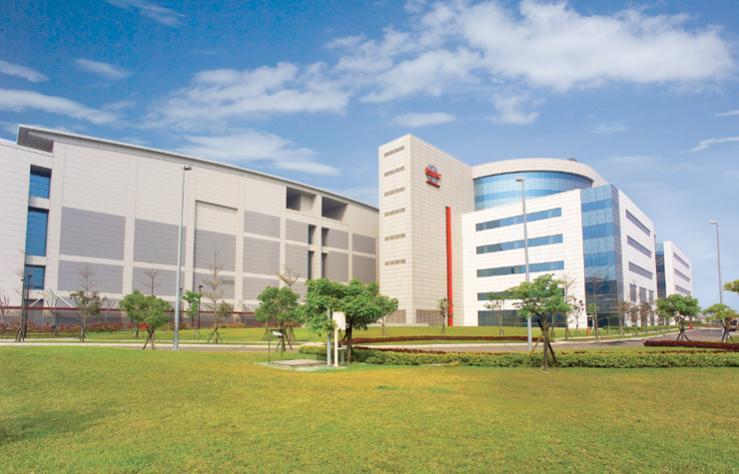

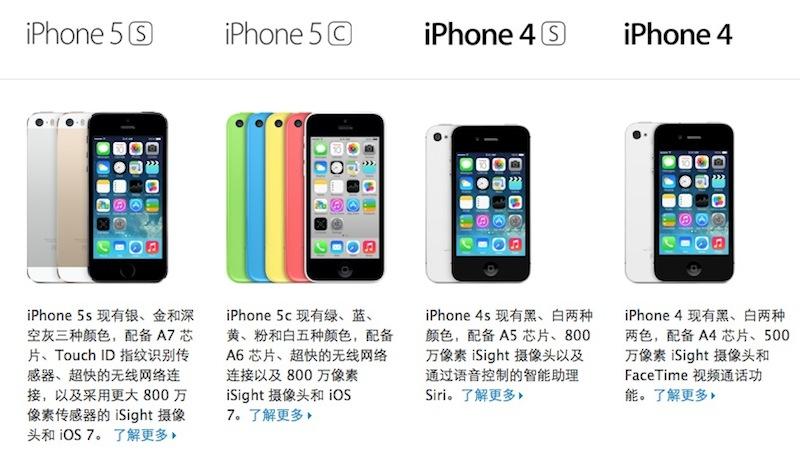
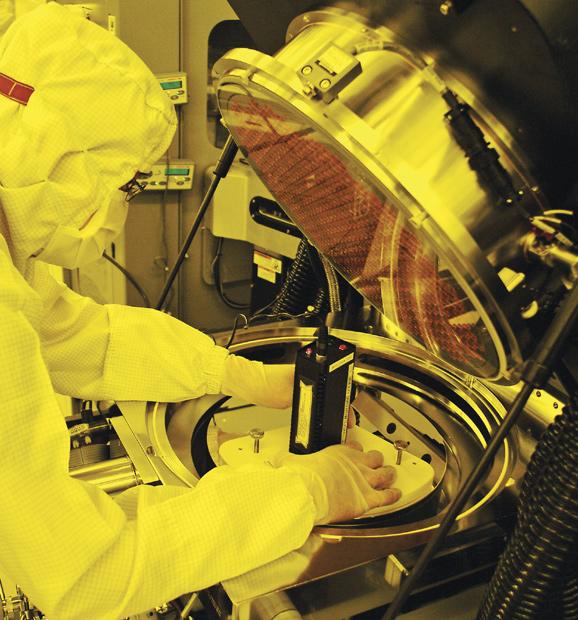
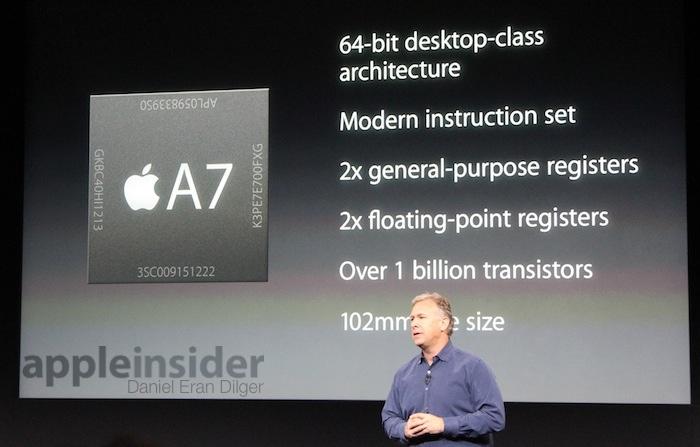
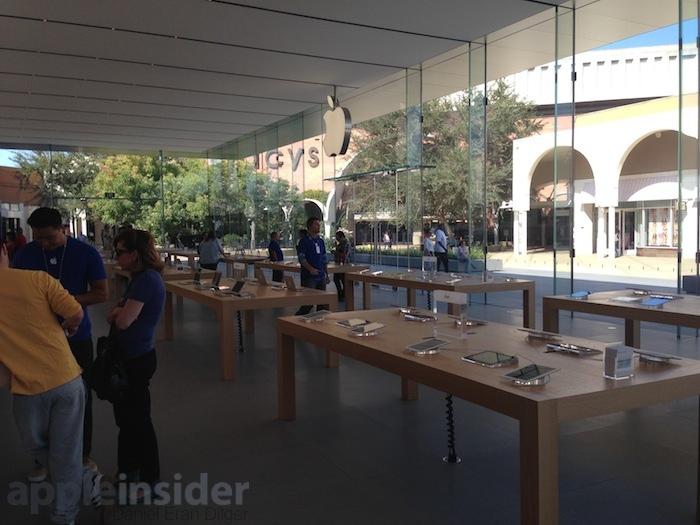
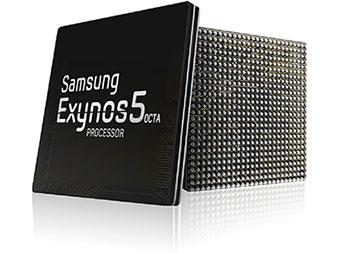
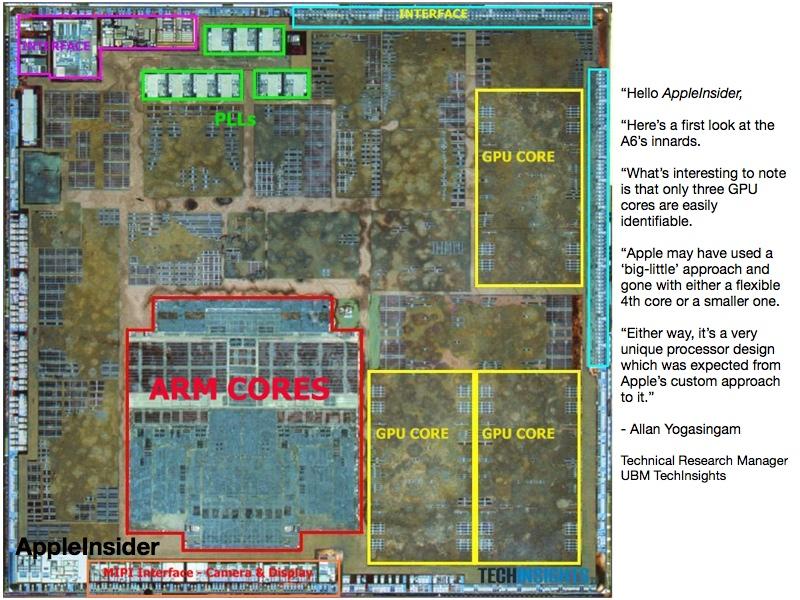
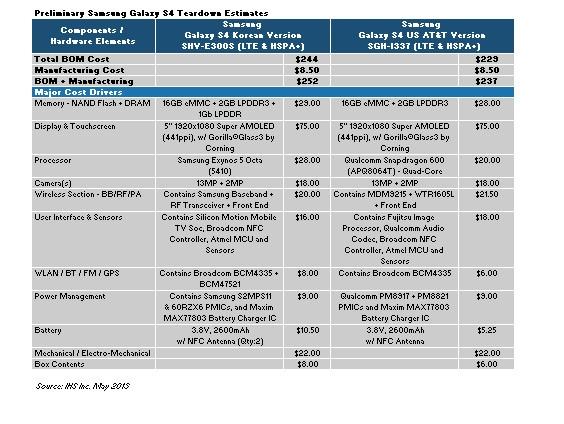
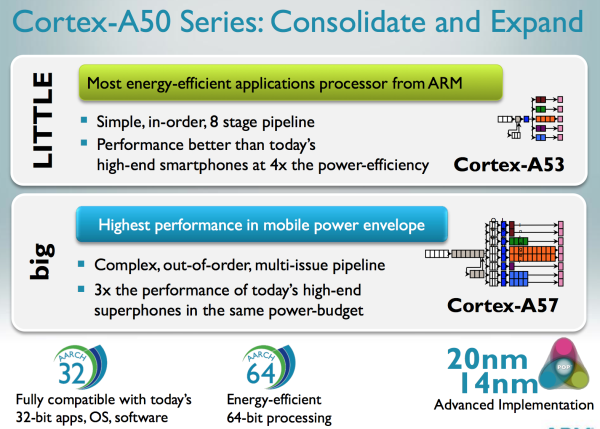
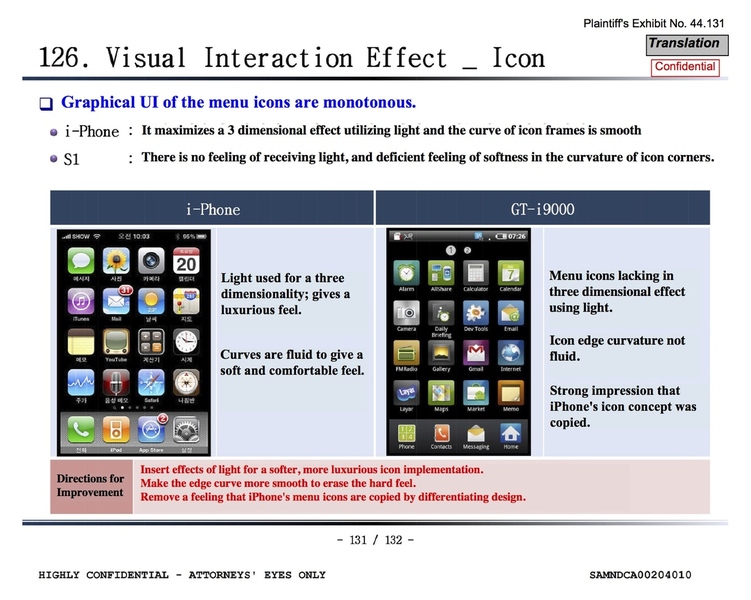







-m.jpg)






 Charles Martin
Charles Martin
 Christine McKee
Christine McKee
 Wesley Hilliard
Wesley Hilliard
 Malcolm Owen
Malcolm Owen
 Andrew Orr
Andrew Orr
 William Gallagher
William Gallagher
 Sponsored Content
Sponsored Content







391 Comments
Apple needs to hit Samsung where it really hurts... in the pocket. Samsung loves to copy other rivals' products but it might be tough for them to copy Apple's A7 and M7 processors. So many other sites are touting the Exynos 5 Octa chip as an A7 killer but this site says Apple's A7 has the upper hand. Only time will tell who's right.
Ipad mini with slim body is here if you want to protect your ipad so go through luxury cases which provide you stylish and more durable ipad cases for your smart and mini ipad.
Take note, tech "journalists". This is how you do tech journalism! The info is out there (google is your friend) once you are able to see behind the bullshit. It seems Daniel is one of the few people out there with the intellectual capacity and the guts to add the pieces of the puzzle, draw the logical conclusions and spell it out for the rest of us. Another brilliant analysis and piece of investigative journalism - bravo! I'm surprised nobody else commented on the poorly worded panicked statement from Samsung re 64-bit processors and rather jumped on the "phones don't need to address more than 4 GB memory" bandwagon (possibly a result of some quick-thinking Samsung PR people in the first place). Apple has done it again - a 32 to 64-bit transition literally overnight - seemingly effortless for developers and consumers alike. Forcing the whole industry forward when the rest were trotting down a blind alley at their own pace - this is true innovation!
Hoping the A7 is made by TSMC.
AppleInsider, thanks for seeing beyond the gold and other color phones and reporting on the depth of technology and innovation that is Apple. With 64bit A7 and with battery saving M7 Apple is laying a solid foundation for the future.